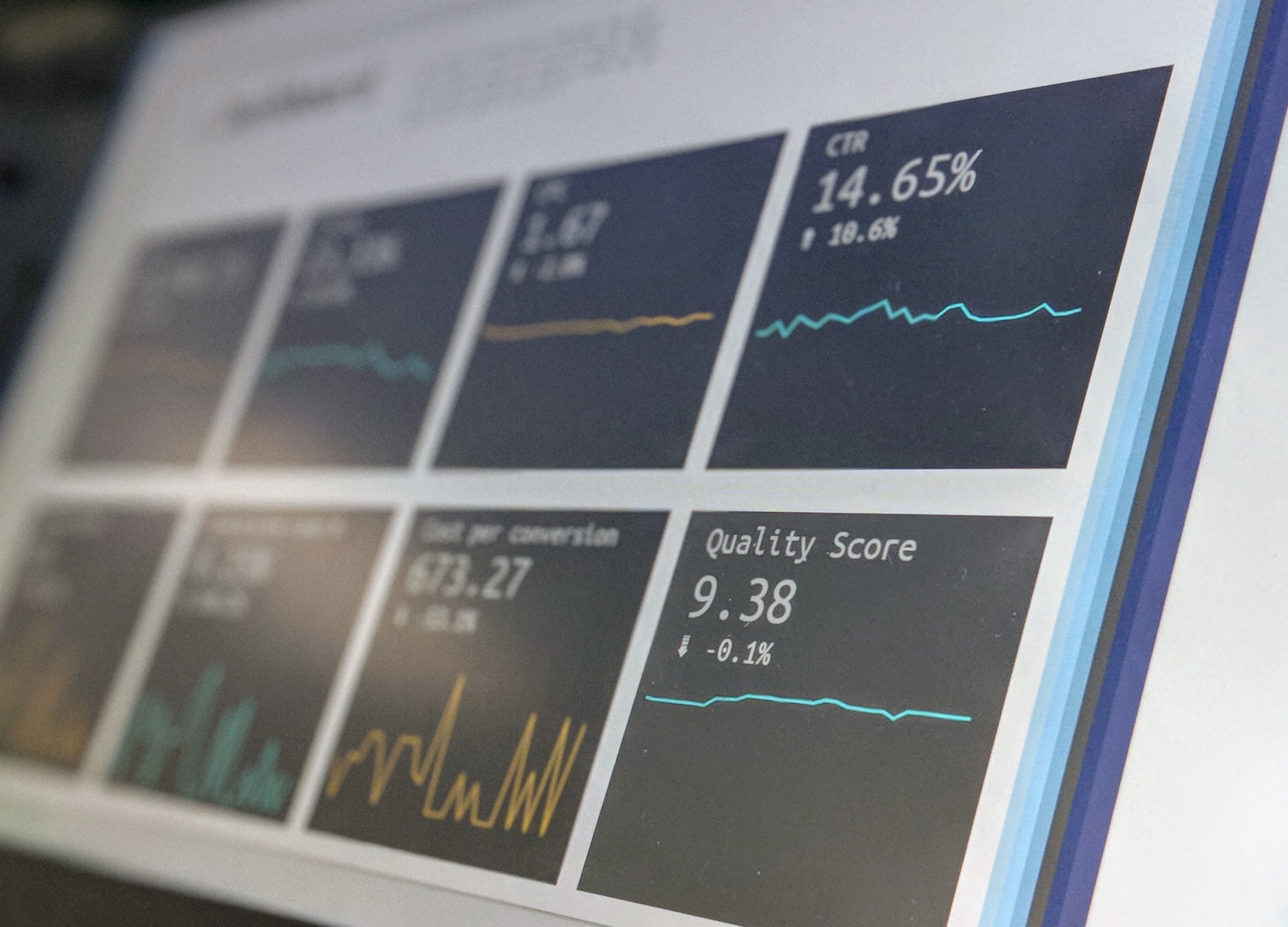
Recently, when interviewing (for our research) someone at a company in the food space, I learned something that I hadn’t realized: these days, cheese is a by-product. For thousands of years, farmers milked cows and then, as a way to preserve the milk, they made cheese out of it. And that cheese, or at least the surplus, was then sold to customers. Of course, over the last hundred years or so, that process has been industrialized, but the business model has not changed.
Over the last decades, however, because of the fitness boom, weight lifting, body building and other activities, protein powder has become an important and valued product. And it turns out that whey, originally a by-product of cheese making, is rich in protein and little else and is used as a basis for protein powder. This changed things around in the cheese industry as the thing we used to throw away suddenly is the most important and valuable part of the business and the cheese has become the by-product.
There is an important parallel to what happens in response to digitalization in many companies making physical systems. Over the last decades, we have added electronics and software to our, originally mechanical, systems. And these new technologies have allowed us to collect data about the quality and usage patterns of our systems and the people that use our systems. The data generated by our systems has, over the last years, started to become increasingly important and valuable. And, one could imagine, the physical systems may become the by-product needed to get the data.
The confusing thing is that this in many ways is a Copernican revolution: in some ways, everything changes as the focus is now elsewhere and the functions and roles that used to be the most important are now relegated to the sidelines. On the other hand, nothing changes as we’re still building systems similar to what we were building in the past. There are, however, at least three main changes that companies need to implement in order to remain successful when such a change happens.
First, as there now is a new asset to monetize, data, we need to develop a new, second business ecosystem of stakeholders. Currently, in the industry we see new companies appear that look to help traditional companies to monetize their data. Although it’s early days still, at least for embedded systems companies, it’s important to start to explore that new ecosystem and look for ways to shape it to your advantage, rather than being forced into a role in that ecosystem that may not be optimal.
Second, the new asset requires a new business model. This obviously requires the basics such as ensuring the rights to the data as many embedded systems companies abdicate ownership of the data and implicitly assume that their customers own the data generated by the systems they bought. Although this may be viewed as “obvious”, it is anything but obvious and there are many arguments why your company should retain the rights to the data (warranty, regulatory reasons, quality assurance, SLAs, etc.). In addition, the company also needs to figure out how to price the data and what the “unit of value” is, especially as we’ll increasingly see continuous data streams rather than discrete data sets as the offered products. Finally, once you have a multi-sided business ecosystem, you can decide to potentially subsidize one side of the market. For instance, you could sell your physical systems at or below cost and make up for it by monetizing the data generated by these systems. This is valuable for at least two reasons. First, it allows you to gain market share as you’ll be cheaper than your more traditional competitors. Second, since you’ll have more data from more systems available, your data will be more valuable to those customers.
Third, the design criteria for the systems change as there now is a need to optimize these systems to generate as much of the new value (data) as possible. This means that the company has a set of hypotheses on the types of data that would be valuable and, typically, it means developing solutions to allow for the collection of new types of data even after the system has been put in operation. This often leads to tension in the organization as the new requirements frequently require compromises on some of the system properties, such as cost, reliability, safety, etc. that earlier were prioritized and that remain important going forward as well.
Concluding, with the digital transformation (software, data and AI) affecting industry, many companies are experiencing a situation where what used to be their primary value proposition takes a secondary role and new value propositions, driven by data, become more important. This has significant implications of which I discussed three in this article. The question that I hope to leave you with is whether your “cheese” is at risk of becoming a by-product also?
To get more insights earlier, sign up for my mailing list at jan@janbosch.com or follow me on janbosch.com/blog, LinkedIn (linkedin.com/in/janbosch) or Twitter (@JanBosch).